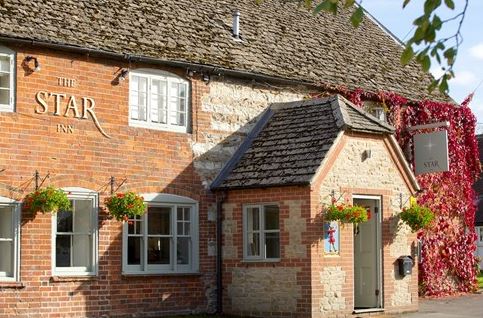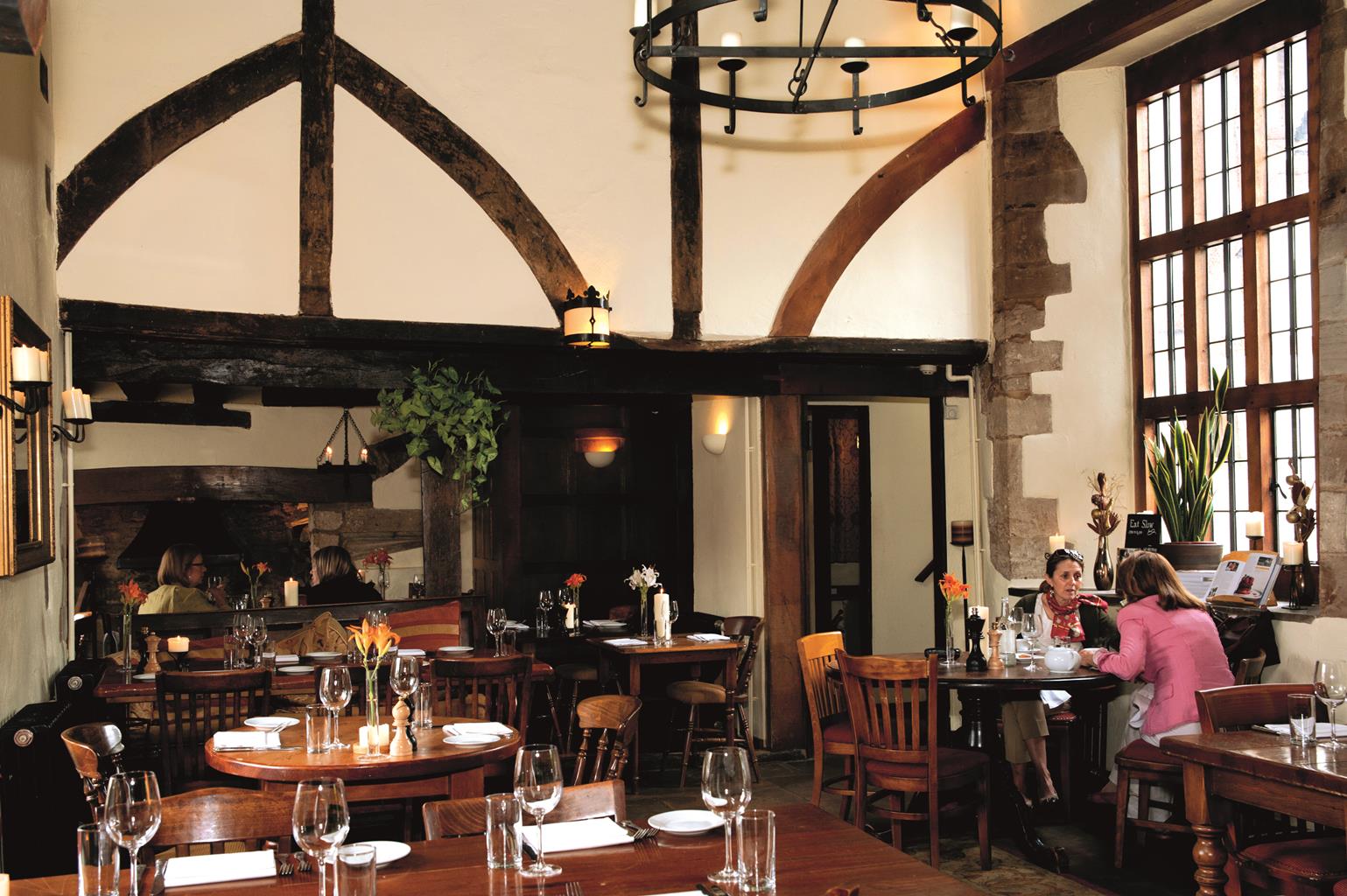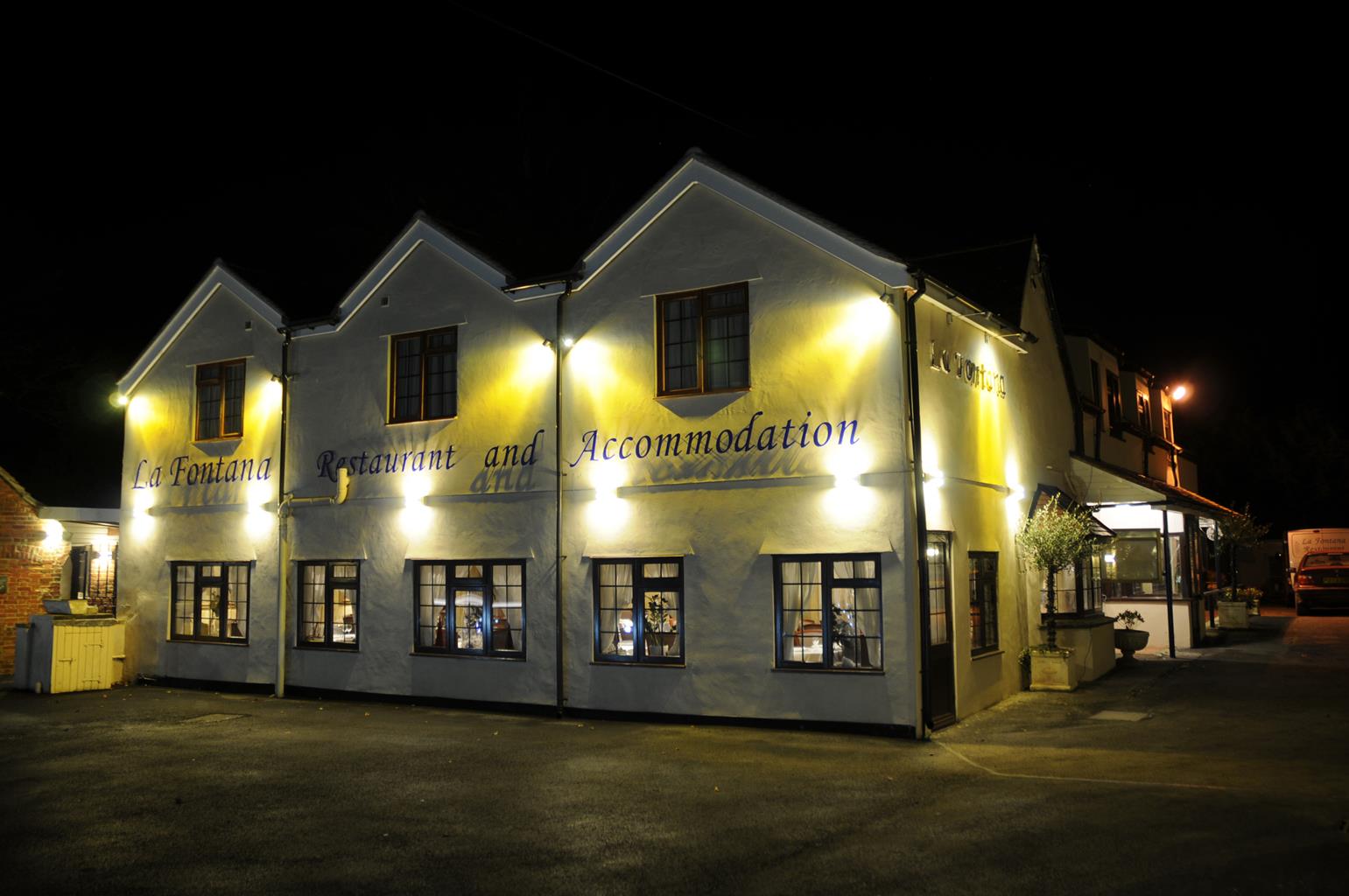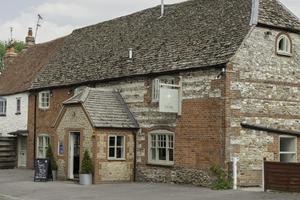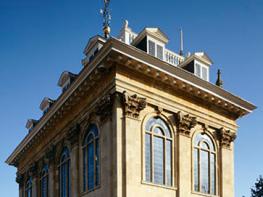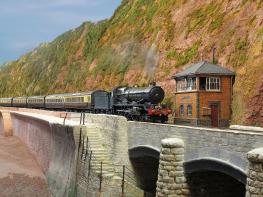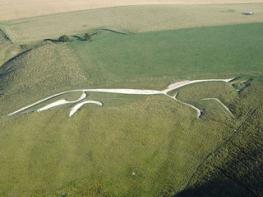Guests are guaranteed a warm welcome at this family-run Italian restaurant located on the…
Ardington – country estate

5.5 miles (8.8kms)
About the walk
The village of Ardington, with neighbouring Lockinge, forms part of a large self-contained country estate established in the 19th century by landowner Robert Loyd-Lindsay. He fought in the Crimea (and took part in the Charge of the Light Brigade), was one of the earliest recipients of the Victoria Cross in 1857, and later became Baron Wantage. Loyd-Lindsay resigned from the army at the age of 27 to farm the Lockinge Estate. During the next few years, Loyd-Lindsay rebuilt Ardington and Lockinge as model villages, formed a co-operative selling good-quality food, and became one of this area’s great agricultural pioneers, creating an enterprising business and transforming farming by introducing mechanisation. The workers’ run-down, mean, little one-room hovels were replaced with bright, new brick cottages, with picturesque Tudor-style windows and chimneys. There was even a savings bank, to encourage financial planning. A Daily News reporter wrote of the estate: ‘It is a little self-contained world in which nobody is idle, nobody is in absolute want, in which there is no hunger or squalor’.
In 1944, the 18,000-acre (7,290ha) estate passed to Christopher Loyd. To help clear death and estate duties amounting to £500,000, Loyd ordered the Wantages’ old home at Lockinge, in whose gardens 50 men once worked, to be demolished. He also sold 8,000 acres (3,240ha), a number of cottages and many art treasures, and moved to a smaller house nearby.
However, not all has been lost. The social, economic and political climate may have changed since Baron Wantage’s day, but there have been determined efforts in recent years to try and ensure that the estate continues to survive. Many of the old farm outbuildings have been converted into craft shops, workshops, offices and a pottery, helping to boost the local economy, raise the village’s profile and provide much-needed employment for local people. There is an active School of Crafts, offering courses in everything from painting and drawing to willow basket-making and tapestry weaving.
The magnificent Georgian frontage of Ardington House, symmetrical as a doll’s house, is seen clearly on the later stages of the walk. It’s the private home of the Baring family (of Baring’s Bank fame), and dates to the 1720s. The house is open to the public in May and June (Mon–Wed) and certain bank holidays, and as a grand setting for weddings.
Ardington’s church, with its squat Victorian tower, dates back even further to the 13th century, but the timbered village pub opposite, the Boar’s Head, was added when the village was remodelled.
Next door to Ardington, Lockinge has been a venue for point-to point meetings for 50 years. Nationally, Lockinge is one of the few courses where the original turf remains, giving perfect, fast-draining going.
Walk directions
With the Loyd-Lindsay Rooms behind you, turn right (east), passing the post office-cum-store, with its café. Turn right just beyond it into Church Street. When the road curves right, before the entrance to Ardington House, turn left at the ‘no horses and ponies’ sign. Pass through a brick arch and follow the path to the road opposite a timber-framed cottage.
Turn right, pass a turning on the left and keep left at the next track intersection. Note the ‘farm vehicles only’ sign. Pass the buildings of Red Barn and carry on straight ahead along a grassy path between fields and through trees to reach a stile, crossing Ginge Brook.
Pass Holy Trinity Church, go through the church gate and cross the road to timber steps up to a kissing gate. Cross the field, keeping the fence and trees on the right-hand side, to the next gate and cross a track, following the bridleway between fences towards East Hendred. Ignore a track up to the right and keep straight on. On reaching the outskirts of the village, pass between houses and bungalows and follow Horn Lane ahead to the junction.
To visit the village centre, turn left. To continue the walk, turn right, along the raised pavement. Continue along the road, going up the slope between trees, to pass a grain store and then a small lay-by on your left.
With a turning to Aldfield Farm on the left, take the track on the road, right, immediately beyond a belt of woodland. Follow the byway in a straight line alongside the trees and, once clear of them, keep ahead between fields. Cross a road and continue on the next section of byway, following the edge of the field down to Ginge Brook. Cross the bridge, go over a track, and keep ahead between fields.
On reaching the road on a bend, go forward and then round to the right, towards Ardington House. Cross the Ardington Brook, pass the church and turn immediately right. The entrance to Holy Trinity Church is on your righthand side, just before you get to The Boar’s Head. Pass the entrance to Ardington House on the right and make for the junction. Turn left and return to the car park.
Additional information
Bridleways, field paths and quiet roads
Open landscape at foot of downs and Ridgeway
On lead in villages, under control elsewhere
OS Explorer 170 Vale of White Horse
The residents' car park opposite The Loyd Lindsay Rooms is open to the public between 9am and 5pm. Note, The Loyd Lindsay Rooms car park is private.
None on route
WALKING IN SAFETY
Read our tips to look after yourself and the environment when following this walk.
Find out more
Also in the area
About the area
Discover Oxfordshire
Located at the heart of England, Oxfordshire enjoys a rich heritage and surprisingly varied scenery. Its landscape encompasses open chalk downland and glorious beechwoods, picturesque rivers and attractive villages set in peaceful farmland. The countryside in the northwest of Oxfordshire seems isolated by comparison, more redolent of the north of England, with its broad views, undulating landscape and dry-stone walls. The sleepy backwaters of Abingdon, Wallingford, Wantage, Watlington and Witney reveal how Oxfordshire’s old towns evolved over the centuries, while Oxford’s imposing streets reflect the beauty and elegance of ‘that sweet city with her dreaming spires.’ Fans of the fictional sleuth Inspector Morse will recognise many Oxford landmarks described in the books and used in the television series.
The county demonstrates how the strong influence of humans has shaped this part of England over the centuries. The Romans built villas in the pretty river valleys that thread their way through Oxfordshire, the Saxons constructed royal palaces here, and the Normans left an impressive legacy of castles and churches. The philanthropic wool merchants made their mark too, and many of their fine buildings serve as a long-lasting testimony to what they did for the good of the local community.
Nearby stays
Restaurants and Pubs
Nearby experiences
Recommended things to do
Why choose Rated Trips?
Your trusted guide to rated places across the UK
The best coverage
Discover more than 15,000 professionally rated places to stay, eat and visit from across the UK and Ireland.
Quality assured
Choose a place to stay safe in the knowledge that it has been expertly assessed by trained assessors.
Plan your next trip
Search by location or the type of place you're visiting to find your next ideal holiday experience.
Travel inspiration
Read our articles, city guides and recommended things to do for inspiration. We're here to help you explore the UK.



